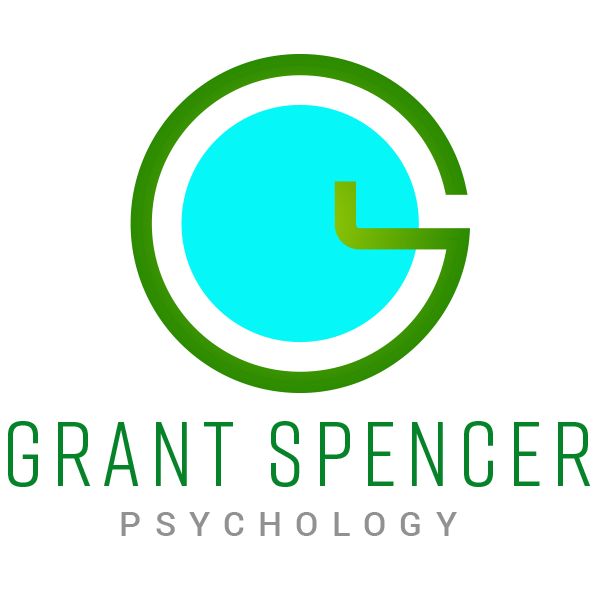The Introduction.
The first appointment will be about telling your story. This allows me a sense of how I might be able to help. I will ask a few clarifying questions, but it will be largely client-centred as I am interested in your experiences and your ideas on how you came to this point in your life. While I can offer a couple of practical tips to sustain yourself in the meantime, it is the second session where more practicalities might be introduced. There will also be some some basic paperwork to do. I use two different types of therapy as my main modes of working and they are outlined below.
Acceptance and Commitment Therapy (ACT).
ACT helps you accept what is out of your personal control, and to commit to action that improves and enriches your life. ACT has been created to assist people to become more in contact with their experience of life. ACT (which is pronounced as the word 'act', not as the initials) does this by teaching you psychological skills to deal with your painful thoughts and feelings effectively - in such a way that they have much less impact and influence over you (these are known as mindfulness skills). ACT also helps clarify what is truly important and meaningful to you - i.e your values - then use that knowledge to guide, inspire and motivate you to change your life for the better.
Cognitive Behavioural Therapy (CBT).
CBT is a way of talking about how you think about yourself, the world and other people. It also helps you become more aware of how the things you are doing affect your thoughts and feelings. CBT can help you to change how you think ("Cognitive") and what you do ("Behaviour"). These changes can help you to feel better. Unlike some of the other talking treatments, it focuses on the "here and now" problems and difficulties. Instead of focussing on the causes of your distress or symptoms in the past, it looks for ways to improve your state of mind now.
